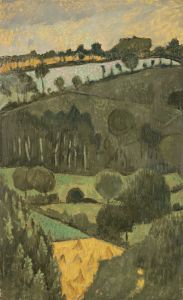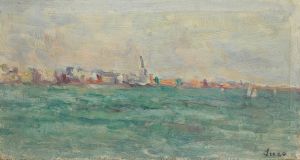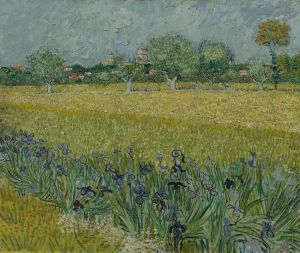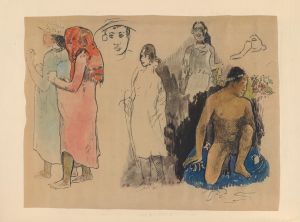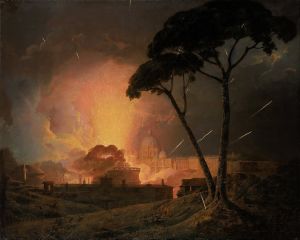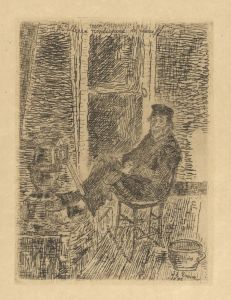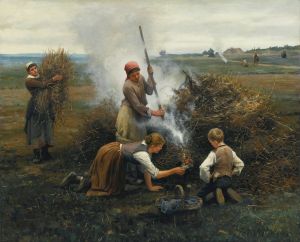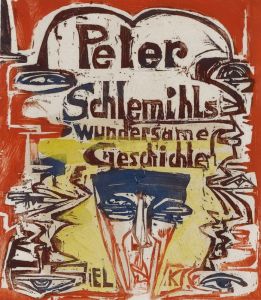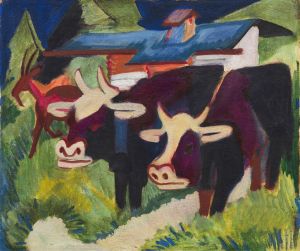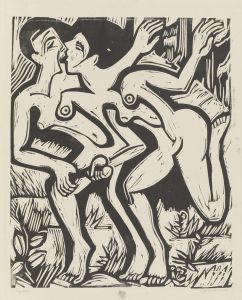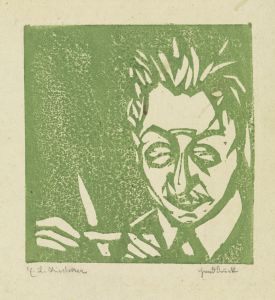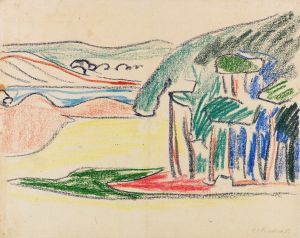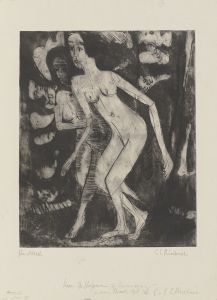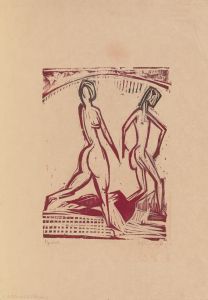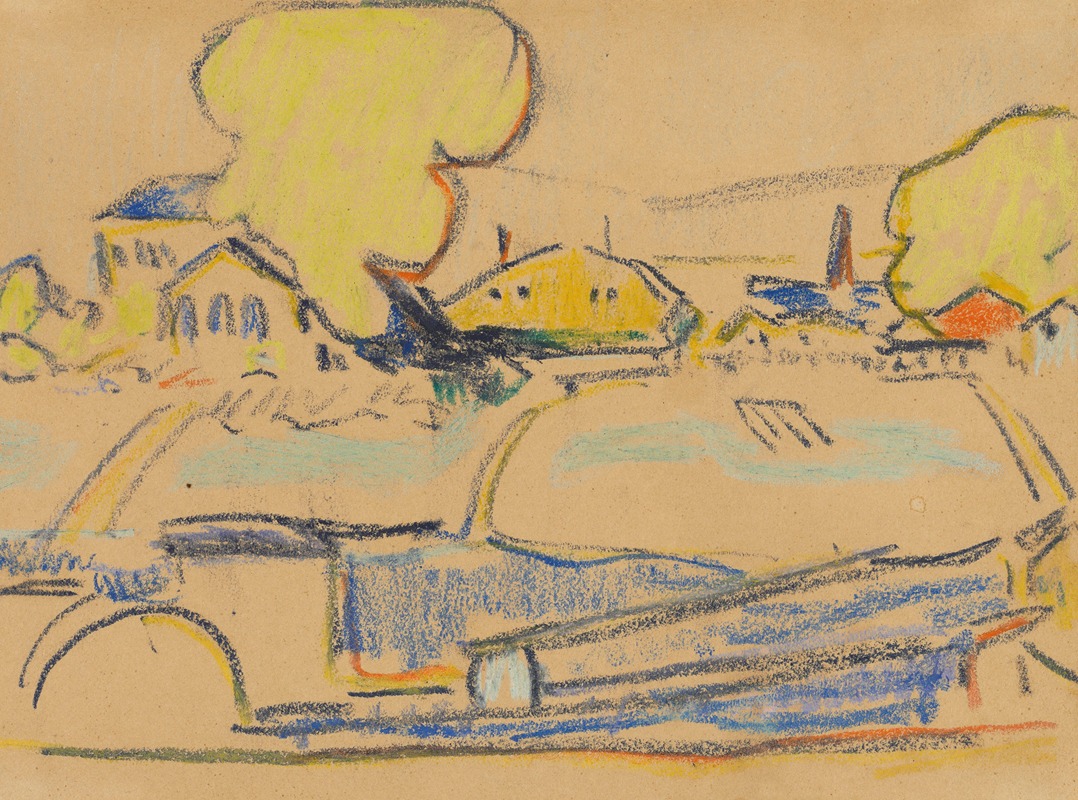
Landschaft bei Dresden
A hand-painted replica of Ernst Ludwig Kirchner’s masterpiece Landschaft bei Dresden, meticulously crafted by professional artists to capture the true essence of the original. Each piece is created with museum-quality canvas and rare mineral pigments, carefully painted by experienced artists with delicate brushstrokes and rich, layered colors to perfectly recreate the texture of the original artwork. Unlike machine-printed reproductions, this hand-painted version brings the painting to life, infused with the artist’s emotions and skill in every stroke. Whether for personal collection or home decoration, it instantly elevates the artistic atmosphere of any space.
Ernst Ludwig Kirchner was a prominent German expressionist painter and one of the founding members of the artist group Die Brücke, which played a crucial role in the development of modern art in the early 20th century. Kirchner's work is characterized by its bold use of color, dynamic compositions, and emotive subject matter. One of his notable works is "Landschaft bei Dresden" (Landscape near Dresden), which exemplifies his distinctive style and artistic concerns during this period.
"Landschaft bei Dresden" was created during a time when Kirchner was deeply involved with Die Brücke, a group that sought to bridge traditional art with modern expression. The painting reflects the group's interest in capturing the emotional and psychological aspects of the human experience through vivid colors and expressive forms. Kirchner and his contemporaries were influenced by various sources, including African and Oceanic art, as well as the works of Vincent van Gogh and Edvard Munch, which is evident in the emotive intensity of their paintings.
The painting depicts a landscape scene near Dresden, a city that held significant importance for Kirchner and Die Brücke. Dresden was not only a cultural hub but also provided a natural environment that inspired many of their works. In "Landschaft bei Dresden," Kirchner employs a vibrant color palette and dynamic brushstrokes to convey the energy and vitality of the landscape. The composition is marked by its bold lines and simplified forms, which are characteristic of Kirchner's expressionist approach.
Kirchner's use of color in "Landschaft bei Dresden" is particularly noteworthy. He often employed non-naturalistic colors to evoke emotional responses and to emphasize the subjective experience of the viewer. This approach is evident in the painting's vivid greens, blues, and yellows, which create a sense of movement and life within the landscape. The painting's composition also reflects Kirchner's interest in the interplay between nature and human emotion, a theme that recurs throughout his body of work.
During the time "Landschaft bei Dresden" was created, Kirchner and Die Brücke were exploring new ways of seeing and representing the world. They sought to break away from the academic traditions of the 19th century and to develop a new visual language that could express the complexities of modern life. This painting, like many of Kirchner's works, captures the tension between the natural world and the rapidly changing society of early 20th-century Germany.
Ernst Ludwig Kirchner's contributions to the expressionist movement have left a lasting impact on the art world. His innovative use of color, form, and composition helped to redefine the possibilities of painting and paved the way for future generations of artists. "Landschaft bei Dresden" stands as a testament to Kirchner's artistic vision and his ability to convey the emotional depth of the human experience through the medium of landscape painting.
Today, Kirchner's works, including "Landschaft bei Dresden," are celebrated for their boldness and originality. They continue to be studied and admired for their contribution to the development of modern art and their ability to capture the spirit of an era marked by profound social and cultural change.





